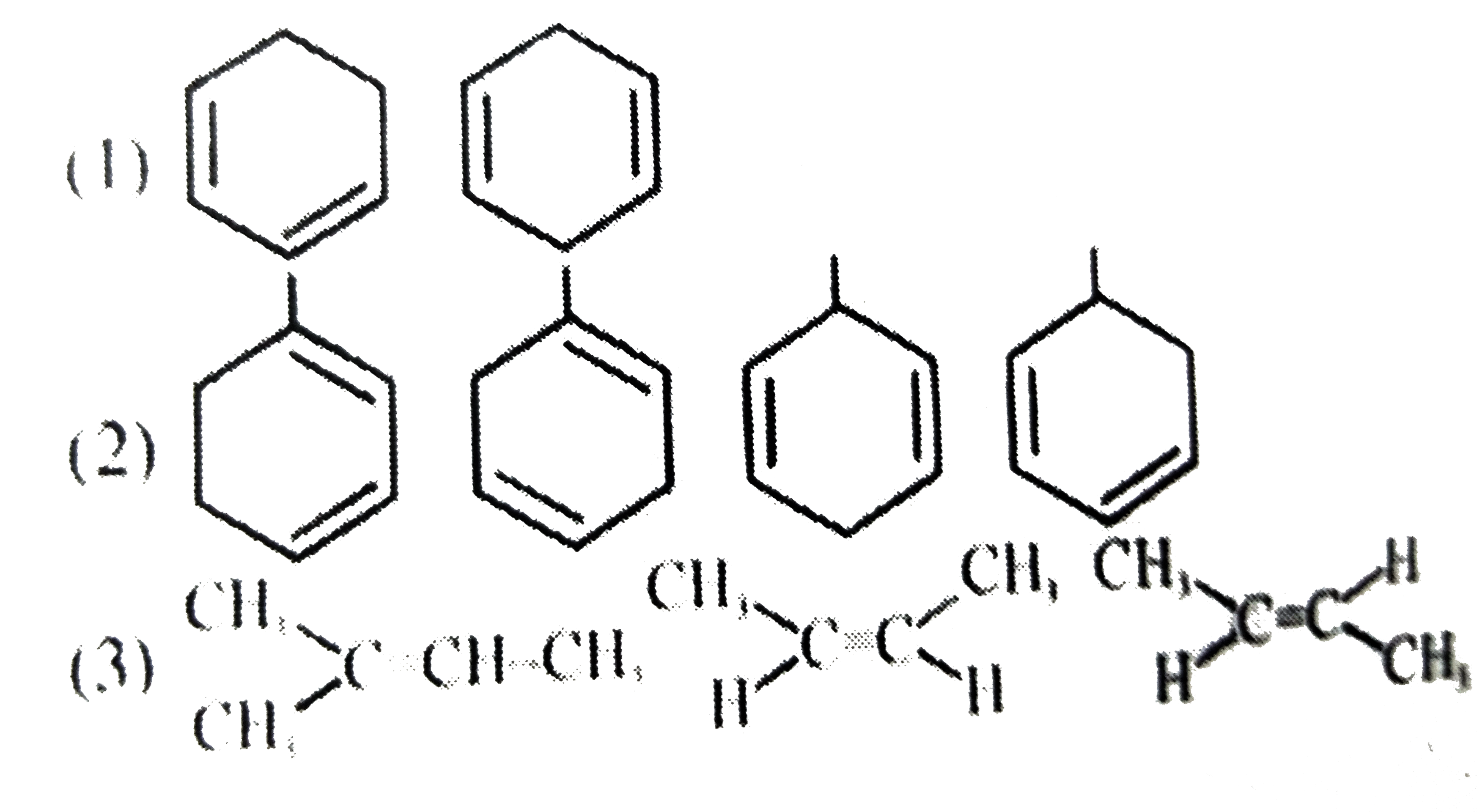In a normal adult, ascending order of concentration of following molecules is
K>Na>Fe>Cu
Na>K>Cu>Fe
Fe>Na>K>Cu
Na>Fe>K>Cu
To determine the ascending order of concentration of the molecules potassium, sodium, iron, and copper in a normal adult, we can follow these steps:
1. Identify the Molecules: The molecules we need to compare are potassium (K), sodium (Na), iron (Fe), and copper (Cu).
2. Understand the Role of Each Molecule:
- Potassium (K): It is a crucial electrolyte in the body, primarily found inside cells. It plays a significant role in cellular functions and maintaining fluid balance.
- Sodium (Na): Another important electrolyte, sodium is found mostly outside cells and is vital for nerve function and fluid balance.
- Iron (Fe): Iron is primarily found in hemoglobin, which is essential for oxygen transport in the blood.
- Copper (Cu): Copper is involved in various enzymatic reactions but is present in lower concentrations compared to the other three.
3. Determine Concentration Levels:
- Potassium has the highest concentration among these molecules due to its critical role in cellular processes.
- Sodium follows potassium as it is also an important electrolyte but is less concentrated than potassium.
- Iron is present in lower concentrations than both potassium and sodium, mainly due to its specific role in hemoglobin.
- Copper has the lowest concentration among these molecules.
4. Arrange in Ascending Order: Based on the concentrations identified:
- Copper (Cu) - Lowest concentration
- Iron (Fe)
- Sodium (Na)
- Potassium (K) - Highest concentration
5. Final Order: The ascending order of concentration of the molecules is:
- Copper < Iron < Sodium < Potassium
Final Answer:
Copper < Iron < Sodium < Potassium
- Potassium (K): It is a crucial electrolyte in the body, primarily found inside cells. It plays a significant role in cellular functions and maintaining fluid balance.
- Sodium (Na): Another important electrolyte, sodium is found mostly outside cells and is vital for nerve function and fluid balance.
- Iron (Fe): Iron is primarily found in hemoglobin, which is essential for oxygen transport in the blood.
- Copper (Cu): Copper is involved in various enzymatic reactions but is present in lower concentrations compared to the other three.
- Potassium has the highest concentration among these molecules due to its critical role in cellular processes.
- Sodium follows potassium as it is also an important electrolyte but is less concentrated than potassium.
- Iron is present in lower concentrations than both potassium and sodium, mainly due to its specific role in hemoglobin.
- Copper has the lowest concentration among these molecules.
- Copper (Cu) - Lowest concentration
- Iron (Fe)
- Sodium (Na)
- Potassium (K) - Highest concentration
- Copper < Iron < Sodium < Potassium
Copper < Iron < Sodium < Potassium
Similar Questions
Knowledge Check
The correct decreasing order in the enol content of following molecules is :
 AI>II>IIIBII>I>IIICIII>II>IDII>III>I
AI>II>IIIBII>I>IIICIII>II>IDII>III>IThe correct order of dipole moment for the following molecules is
 AIV>I>III>IIBI>IV>III>IICIII>I>II>IVDII>III>IV>I
AIV>I>III>IIBI>IV>III>IICIII>I>II>IVDII>III>IV>I
The correct order of dipole moment for the following molecules is

View SolutionThe correct order of dipole moment for the following molecules is

View SolutionSelect the basic strength order of following molecules ?

View SolutionSelect the basic strength order of following molecules ?

View SolutionWhich is order of heat of hydrogenation for the following set of molecules :-

View SolutionConcentration of water molecules in a system determines
View Solution

